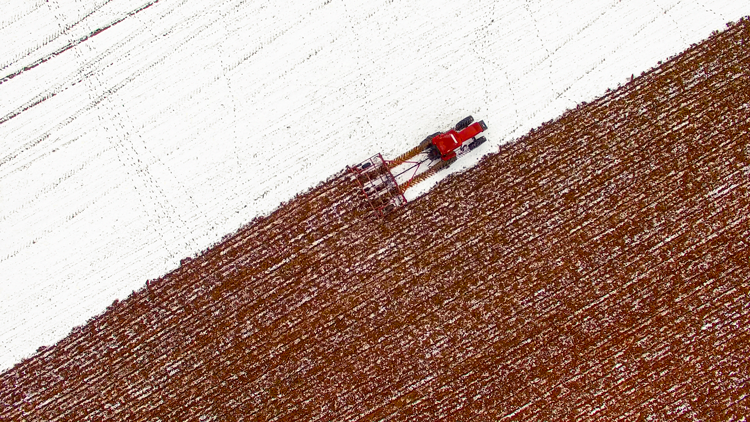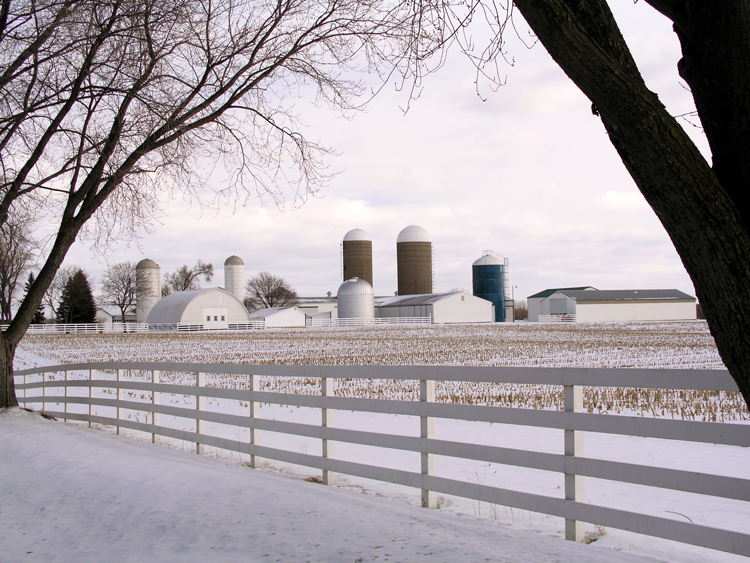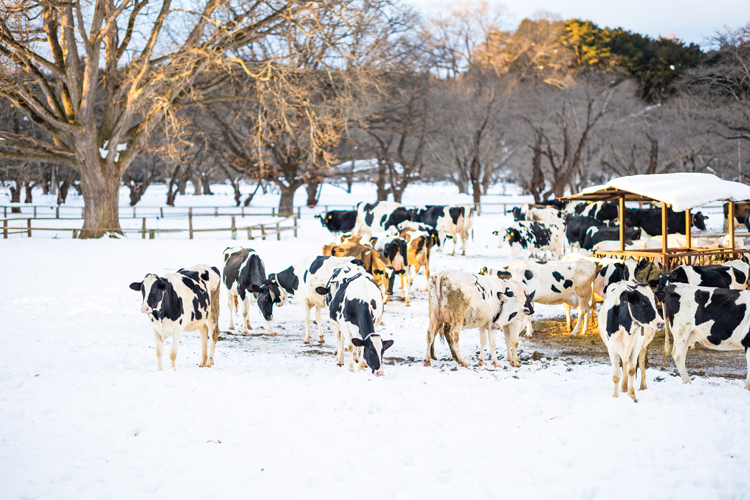Winterproof Your Farm Tires: Essential Tips for the Cold Season |
|
As winter approaches, it brings unique challenges for farmers—from icy ground and frozen mud to rain-soaked fields in the south. Keeping farm equipment running smoothly despite these conditions is no small task, but proper tire care can make all t |
|
This item has been supplied by a forage marketer and has not been edited, verified or endorsed by Hay & Forage Grower. Winter is coming, and with it comes colder temperatures, wet or icy ground, and snow in some areas. Despite the changing weather conditions, you still need to get work done, and farm tire maintenance is crucial to staying productive, no matter the weather. “Livestock still needs to be fed. In some areas, snow needs to be moved, or fieldwork finished,” says Greg Jones, senior manager of global field engineering, Firestone Ag. “Regardless of where you live, winter brings challenges. In the north, it snows. In the south, it rains. You need your tires to keep up throughout the season.” Taking steps to safeguard your tires from harsh winter weather and conditions can help you avoid needing replacement tires come spring. Here are four practical tips to help you make the most of your farm tires and equipment this winter.  Regardless of where you live, winter brings challenges. You need your tires to keep up throughout the season. Tip 1: Maintain tire pressure when temperatures drop Regularly checking and adjusting your tire air pressure is one of the most effective ways to extend tire life and carry heavy loads efficiently. Checking tire pressure in the winter is especially important since it is directly related to temperature. “As temperatures rise, so does tire inflation pressure, and vice versa,” says Jones. “You need to be extra aware of your tire air pressure at this time since the colder weather causes drops in tire inflation pressure.” Check your tire pressure daily or weekly, depending on your equipment usage. This helps to avoid underinflation or overinflation, which can both damage the tire and affect performance.Z Tip 2: Be cautious of rough, frozen ground Take extra care driving over rutted and rough frozen ground and stubble, especially for livestock operations and when clearing snow. “When temperatures drop, mud can freeze into hard clumps, and stubble gets harder,” says Jones. “Driving over these is like driving over a sharp rock in the field. These frozen obstacles, which are common for northern U.S. farmers, can cause punctures or breaks in your tires.” Whenever possible, minimize driving over rough surfaces and smooth out main driving paths to protect your tires from sharp, frozen debris.  As winter approaches, it brings unique challenges for farmers—from icy ground and frozen mud to rain-soaked fields in the south. Keeping farm equipment running smoothly despite these conditions is no small task, but proper tire care can make all the difference. Tip 3: Safeguard your tires during winter storage For equipment that won’t see regular use during the winter, proper storage can help keep tires in good condition. Whenever possible, store equipment inside. Tires left outside on ice or snow are more prone to cracks as the rubber stiffens in low temperatures. “When temperatures get cold enough, the elasticity of the rubber stops working as usual,” explains Jones. “Instead of stretching and relaxing, it becomes brittle and can crack.” For equipment in winter storage, adjust tire inflation pressure to avoid finding a flat tire come spring. Due to permeation, a tire will typically lose around 1 PSI per month. To account for this natural, slow loss of PSI over time regularly check the tire pressure of your tires in storage and adjust to account for this change. Tip 4: Optimize your tires for winter conditions Winter across the country can create conditions that challenge tire traction. Tires built for fieldwork might not perform well in snow and ice. In the south, wet ground from winter rains can reduce a tractor's traction in the field. If you need to put your equipment to work, these tips can help make them more efficient. Adjust a tire’s footprint: Wet ground can heighten soil compaction and rutting, while reducing a tractor’s traction. Ensure your tire inflation pressure is optimized for the weight of the tractor. Properly inflated tires allow tractors to create an ideal footprint, spreading the machine’s weight over a larger area to minimize soil compaction and enhance traction. Add weight: Adding weight to your equipment can help improve traction on icy or snowy ground. Extra weight can prevent slipping and help maintain stability. “Adding weight carefully and optimizing your tire pressure to the new weight can give you extra grip for winter work,” says Jones. Use tire chains: Tire chains can be a good option in winter conditions by providing extra traction on icy surfaces. Tire chains can give your equipment the extra grip it needs in slippery conditions. Work with your local tire dealer and experts to ensure you are getting the correct chains for your tires and are installing them correctly to avoid unnecessary damage. For more tips to get the most from tires and equipment this winter, contact your local Certified Firestone Ag dealer or visit FirestoneAg.com.  Taking steps to safeguard your tires from harsh winter weather and conditions can help you keep working in the winter and avoid needing replacement tires come spring. About Bridgestone Americas, Inc.: Bridgestone Americas, Inc. is the U.S.-based subsidiary of Bridgestone Corporation, a global leader in tires and rubber, building on its expertise to provide solutions for safe and sustainable mobility. Headquartered in Nashville, Tenn., Bridgestone Americas employs more than 50,000 people across its worldwide operations. Bridgestone offers a diverse product portfolio of premium tires and advanced solutions backed by innovative technologies, improving the way people around the world move, live, work and play. |
